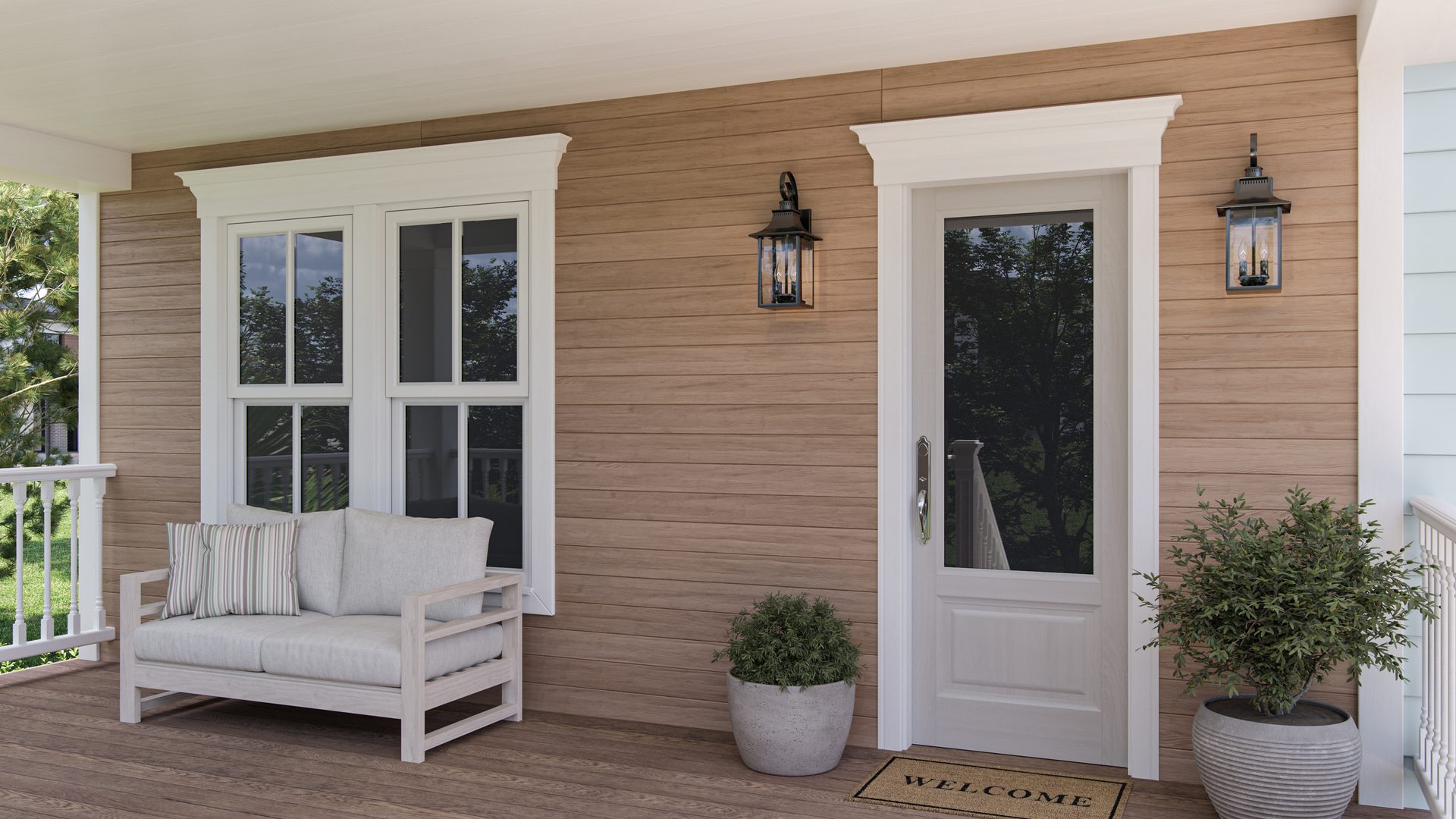The article highlights the benefits of single-source cladding solutions, emphasizing streamlined logistics, aesthetic consistency, improved durability, and enhanced weather resilience for construction projects. By Kenny Collins
Finalizing the Building Envelope, Simplified
The article highlights the benefits of single-source cladding solutions, emphasizing streamlined logistics, aesthetic consistency, improved durability, and enhanced weather resilience for construction projects. By Kenny Collins
Finalizing the Building Envelope, Simplified
xxxxx. xxx
xxxxx
xxxxxxxxx
xxxxxxxxxxxxxxx By xxxxxxxx
h2 - xxxx
h3 - xxxx
H1 headline
Construction projects are full of complexities—coordinating shipping, managing installer logistics, navigating permits, and dealing with red tape. Any opportunity to simplify the process is a welcome relief. Leading cladding manufacturers are stepping up to ease at least one part of the process: the building envelope.
Rather than offering individual products, some companies now provide complete building envelope solutions that can be specified through a single source. This approach offers numerous advantages, benefiting all project stakeholders and ensuring long-term value for property owners.
The Rise of Single-Source Solutions
The concept is simple: one manufacturer supplies all cladding materials for a project, including panels, installation hardware, soffits, trim, and accessories. Custom colors and textures can also be incorporated to ensure aesthetic consistency.
For manufacturers, this strategy streamlines sales, while project teams benefit from simplified specification processes, reduced logistical headaches, and improved project timelines. Property owners enjoy additional advantages, such as a single warranty provider instead of multiple points of contact for claims.
Aesthetics also improve, particularly with custom colors. Consistent application techniques across uniform materials ensure seamless finishes. Effects like wood or concrete textures in fiber cement products remain cohesive across the façade.
The shift toward single-source solutions is driven by a demand for simplicity, consistency, and efficiency. For many brands, this approach is a key value proposition, appealing to both large-scale and smaller projects. With one system, one installer, and one warranty, potential issues like mismatched aesthetics, inconsistent performance, and thermal inefficiencies are effectively minimized.

A New Jersey office designed by Gensler, featuring a NanaWall HSW60 single-track system | Photography by Garrett Rowland Photography

The office of an Omaha financial institution designed by Alley Poyner Macchietto Architecture, featuring a Generation 4 acoustical, folding glass wall system.
One Source, Countless Benefits
Designers can specify premium materials in high-visibility areas such as entrances and courtyards while opting for cost-effective solutions in less prominent locations. Since all products come from a single manufacturer, visual and structural continuity remains intact, regardless of color or placement.
Logistics are also more manageable. Coordinating shipments from one supplier is far simpler than juggling multiple vendors with different delivery schedules. Once on-site, installers benefit from uniform installation techniques, reducing learning curves and improving efficiency. This holds true across both residential and commercial projects, allowing for strategic cost allocation without compromising design integrity.

A New Jersey office designed by Gensler, featuring a NanaWall HSW60 single-track system | Photography by Garrett Rowland Photography

The office of an Omaha financial institution designed by Alley Poyner Macchietto Architecture, featuring a Generation 4 acoustical, folding glass wall system.
Consistent Protection from the Elements
Most unified cladding systems integrate seamlessly with continuous insulation, enhancing thermal performance. They also eliminate inconsistencies in material transitions, preventing vulnerabilities where different manufacturers' products meet.
In storm-prone regions, a cohesive cladding system strengthens a building’s ability to withstand extreme weather. In hurricane-prone zones, this means greater resilience to high winds. In colder climates, uniform materials endure freeze-thaw cycles more effectively. Some top-tier manufacturers even offer built-in rainscreen technology, further fortifying structures against the elements.
Fiber cement cladding, for example, offers superior durability with minimal maintenance. Some fiber cement products are Miami-Dade County-approved for high-velocity hurricane zones, setting the national standard for storm resilience. Additionally, in wildfire-prone areas, their products meet Wildland Urban Interface certifications from the California Department of Forestry & Fire Protection, ensuring fire safety compliance.
The Future of Unified Cladding
The cladding industry is highly competitive, driving continuous innovation. As manufacturers refine their offerings, future advancements will likely prioritize efficiency, resilience, and overall building envelope performance.
Regardless of how the industry evolves, one fact remains clear: a unified installation system from a single manufacturer simplifies construction, enhances durability, and improves aesthetics—making it an invaluable asset for any project.
Images courtesy of Nichiha USA.
Kenny Collins is the director of sales for Nichiha USA’s Residential Division, bringing more than 20 years of experience in the building materials industry. With a strong background in sales management, customer service, and strategic planning, Collins leads high-performing teams and cultivates lasting client relationships. He holds a Bachelor of Science in Business Management and Marketing from North Carolina State University.

